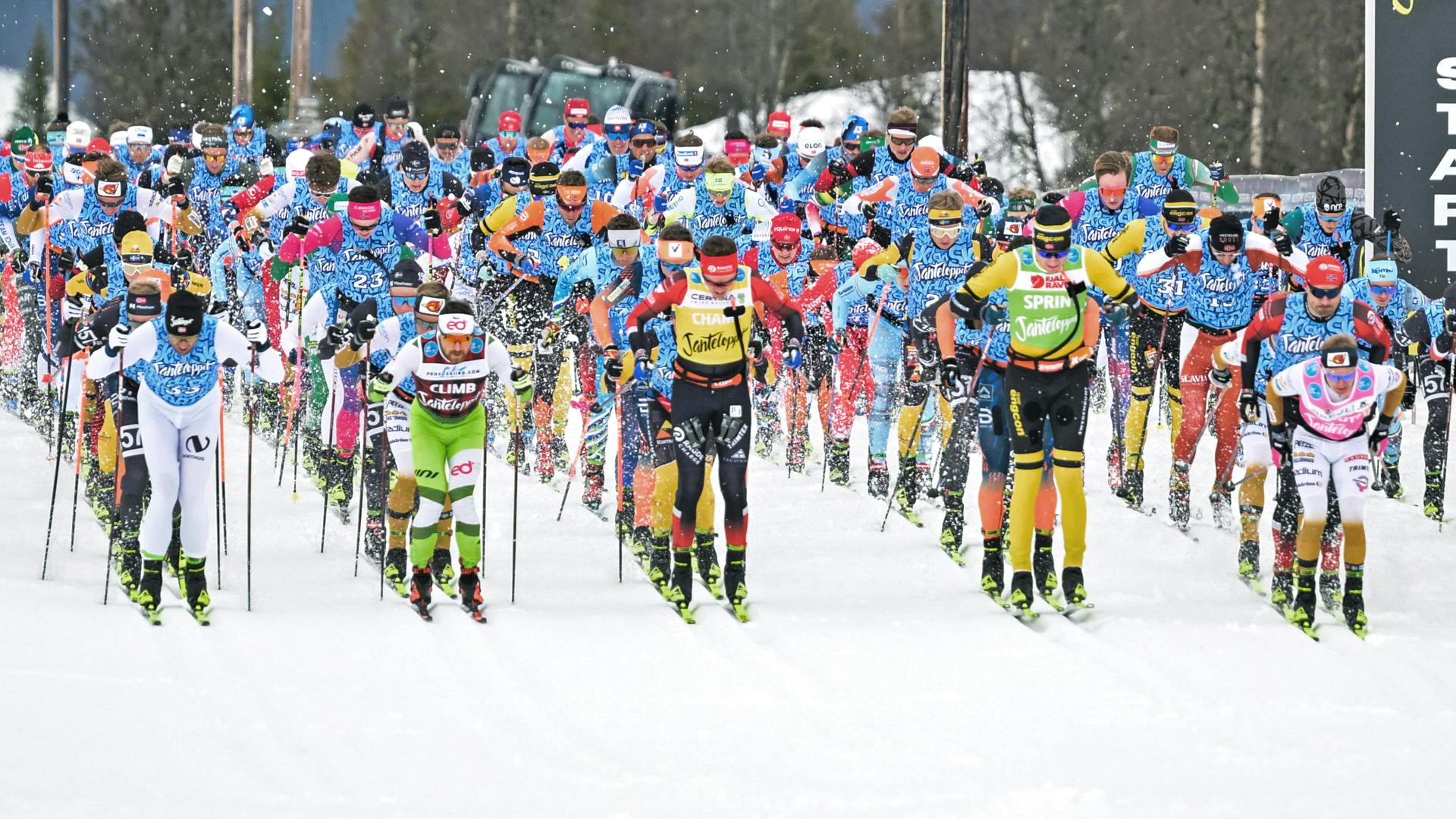
The role of length:
A longer ski will provide more gliding surface, which creates faster and more efficient travel over snow. Sometimes length will also play a role in stability because longer skis are typically more stable when moving in a straight line. If a ski is too long, however, it will be more challenging to maneuver, especially when turning around corners while descending. Classic skis are sized longer than their skate counterparts because the linear movement involved when classic skiing doesn’t require as nimble of a ski as the skate technique does. Also, the middle part of a classic ski is dedicated to providing kick, either through a skin, pattern, or waxable base, leaving the tip and tail for glide.

For beginner Nordic skiers:
A shorter ski that still has an appropriate flex for the user’s weight is the best option. This will provide adequate glide, make it easier to maneuver around corners, and feel lighter on the skier’s feet. Often length is tied to ski flex and a corresponding skier weight, so it is paramount that a new skier chooses a ski that they’re within the proper weight range for. A ski that is too soft will feel very slow and unresponsive, making skiing less enjoyable. Also, when skating a too-soft ski, a user will have noticeably less control while gliding.
As you improve:
Particularly in racing and when using performance skis, you can choose a longer ski. Using race skis with more length will add stability on downhills and provide a greater amount of waxable base surface area to better distribute weight and improve glide. As your technique improves, you may also be able to increase the stiffness of your ski because you will be applying force in the correct area.
Bottom Line:
Pick a cross country ski based on your weight first and height second. Our Nordic length recommendation breaks down suggested lengths based on skier type and body weight. If the is more than one option, a skilled skier should choose the longer length and the beginner should choose the shorter length.







